
Published in 2021 by The Rosen Publishing Group, Inc.
29 East 21st Street, New York, NY 10010
Copyright 2021 by The Rosen Publishing Group, Inc.
All rights reserved. No part of this book may be reproduced in any form without permission in writing from the publisher, except by a reviewer.
First Edition
Editor: Amanda Vink
Book Design: Reann Nye
Photo Credits: Cover ljubaphoto/E+/Getty Images; Series Art PinkPueblo/ SDI Productions/E+/Getty Images.
Library of Congress Cataloging-in-Publication Data
Names: Uhl, Xina M., author.
Title: Homelessness / Xina M. Uhl.
Description: New York: Rosen Publishing, [2021] | Series: Rosen verified:
current issues | Includes index.
Identifiers: LCCN 2020005114 | ISBN 9781499468434 (Paperback) | ISBN
9781499468441 (Library Binding)
Subjects: LCSH: Homelessness--United States. | Homeless persons--United
States. | Homelessness--United States--Prevention.
Classification: LCC HV4505 .U35 2021 | DDC 362.5/920973--dc23
LC record available at https://lccn.loc.gov/2020005114
Manufactured in the United States of America
Some of the images in this book illustrate individuals who are models. The depictions do not imply actual situations or events.
CPSIA Compliance Information: Batch #BSR20. For Further Information contact Rosen Publishing, New York, New York at 1-800-237-9932.

CONTENTS
HOW DOES IT HAPPEN?
More than half a million people in the United States are homeless on any given night. Some people live in temporary, or limited time, housing. These places may be public or private . Other people sleep in open areas or empty buildings. These are places not meant to be lived in.
Someone can become homeless for many reasons. They might suffer from a costly health problem. They might have a mental illness or issues with drugs and alcohol. Maybe they dont have a job, and they cant afford to pay for a home. Sometimes they dont have friends or family to help them.

Some people dont like seeing camping tents on city streets. But for the people living in them, they are a way to get shelter from the weather.
HOMELESSNESS LOOKS LIKE
Some people who are homeless are single. Other times, an entire family is homeless. A person who has been sleeping outside may look dirty. But someone who is homeless and sleeping in their car may look like a business during the day.
Its often hard to tell if a person is homeless. They may look just like everyone else. Sometimes people are homeless for a long time. Other times, its just for a few days or weeks.
DEFINING HOMELESSNESS
These are the four categories of homelessness:
1. Having no regular, stable place to live
2. Being about to lose your home
3. Being under 25 and without a regular home for the past two months
4. Trying to get out of a violent home and having no other place to live

This map shows the rough number of homeless people in each state as of January 2018. The largest numbers are in the District of Columbia, New York, Hawaii, Oregon, and California.
WHAT DRIVES HOMELESSNESS?
lies at the root of most homelessness. People who dont make enough money often have to choose what bills they pay. Sometimes they go without food, or they go without heat in the winter. Other times they cant pay for housing.
When a person doesnt pay rent, they risk being evicted. That means theyre kicked out. The bank also may . The person may become homeless if they cant find other housing.
 VERIFIED
VERIFIED
To find out more about the causes of homelessness, see:
https://nationalhomeless.org/about-homelessness/
FAST FACT
IN 2018, THE U.S. CENSUS REPORTED THAT 11.8 PERCENT OF AMERICANS LIVE IN POVERTY. THIS WORKS OUT TO 38 MILLION PEOPLE. THE GOOD NEWS IS THAT THIS NUMBER IS LESS THAN IT WAS IN 2017.

Evictions are handled by the courts. Here, the police post a notice. The notice says that whoever lives there must leave.
HISTORY OF HOMELESSNESS
Homelessness in the United States isnt new. In the days of European , there was fighting. This was between European settlers and Native Americans. It forced many from their homes. In 1730, the first almshouse opened in New York. This was a place where homeless people, people with mental illness, and others could go for work and a place to stay. Still, there were problems. These places often werent very clean.
WESTWARD EXPANSION
Homelessness became a national issue after the Civil War. More people moved to cities. The railroad also allowed people to move westward. Some looked for gold. Some people were looking for work. However, there werent enough jobs to go around.
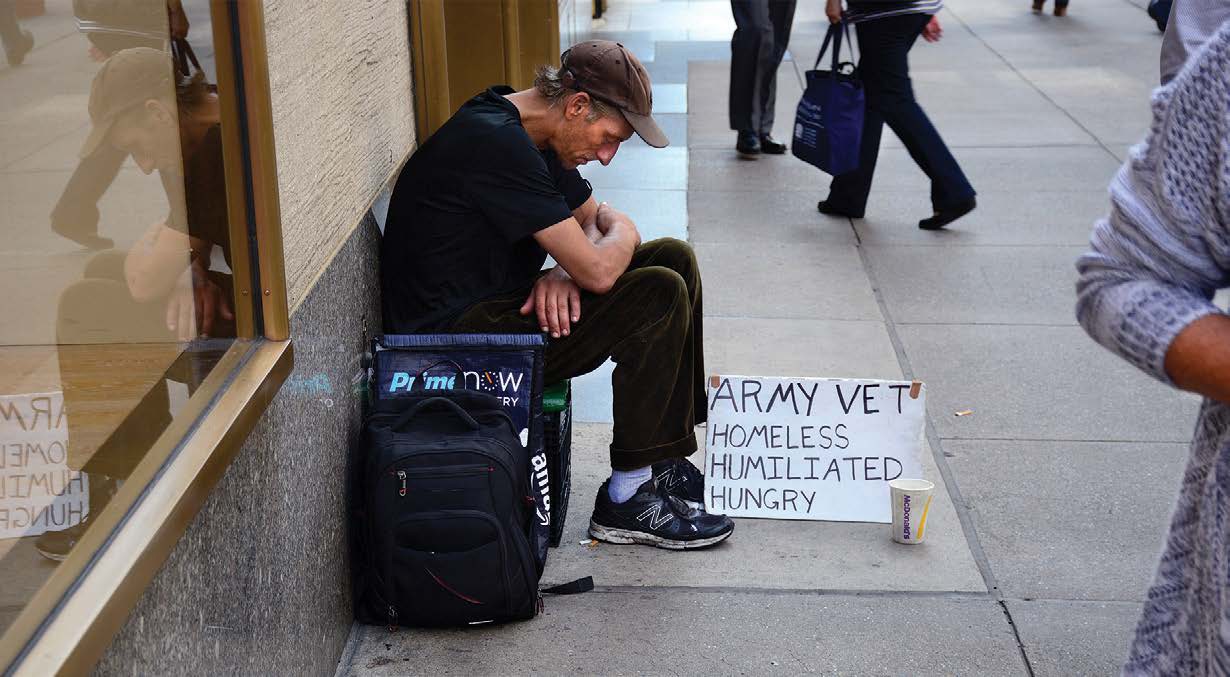
Today, make up 7 percent of the homeless population. That amount has been dropping since 2011.

When the stock market crashed in 1929, many people lost their savings. Unemployment went up. Homeless people built shantytowns, which they named Hoovervilles because they blamed President Herbert Hoover for his inaction.
THE BIG HOUSE
Men make up 70 percent of the homeless. Minorities are more at risk. Young people under age 25 make up 7 percent of the homeless. Many of them leave difficult living situations at home. They may be . Many of these young people run away from home. Others are kicked out by their families.
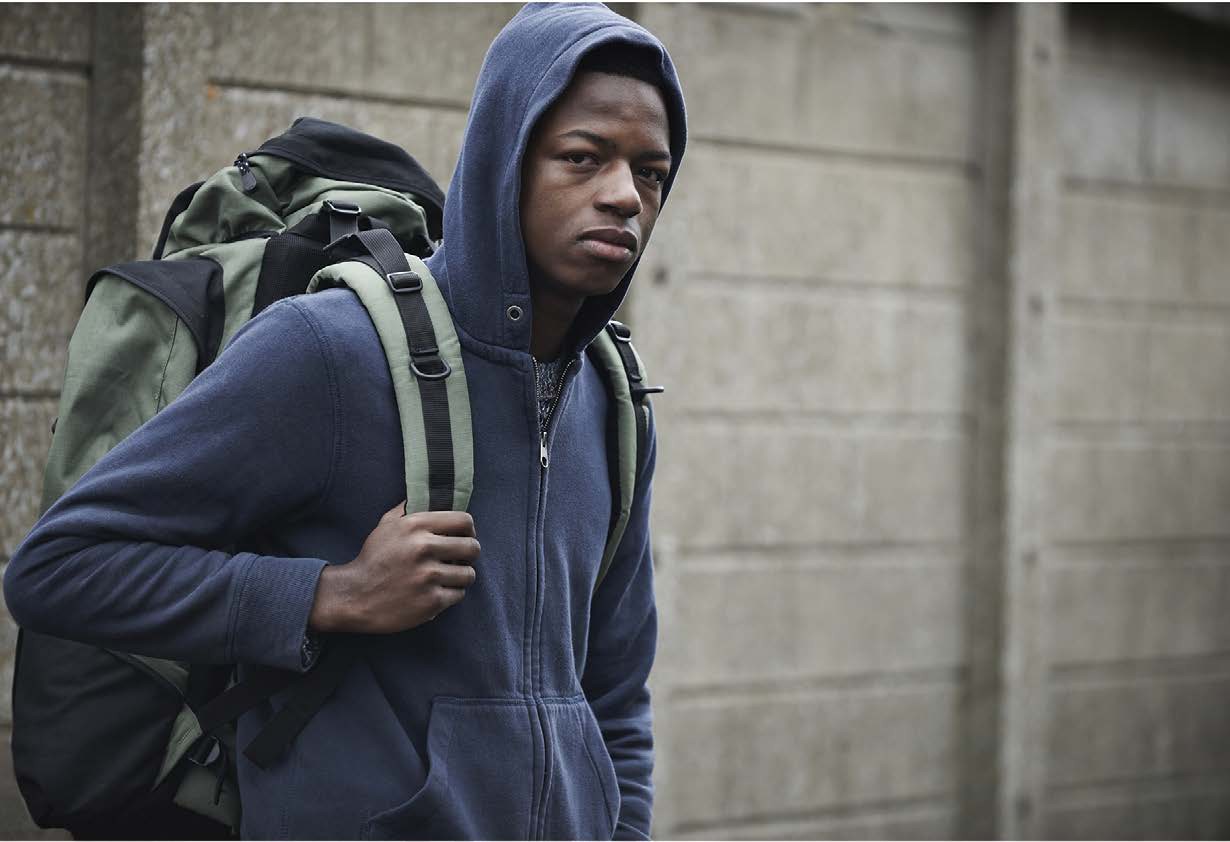
Many young people become homeless after leaving child welfare programs such as foster care. LGBTQ youth, youth of color, and young people with children are more at risk.
FAST FACT
EVERY YEAR, THE GOVERNMENT TAKES A COUNT OF THE HOMELESS. THIS TAKES PLACE ALL OVER THE UNITED STATES ON ONE SINGLE NIGHT.
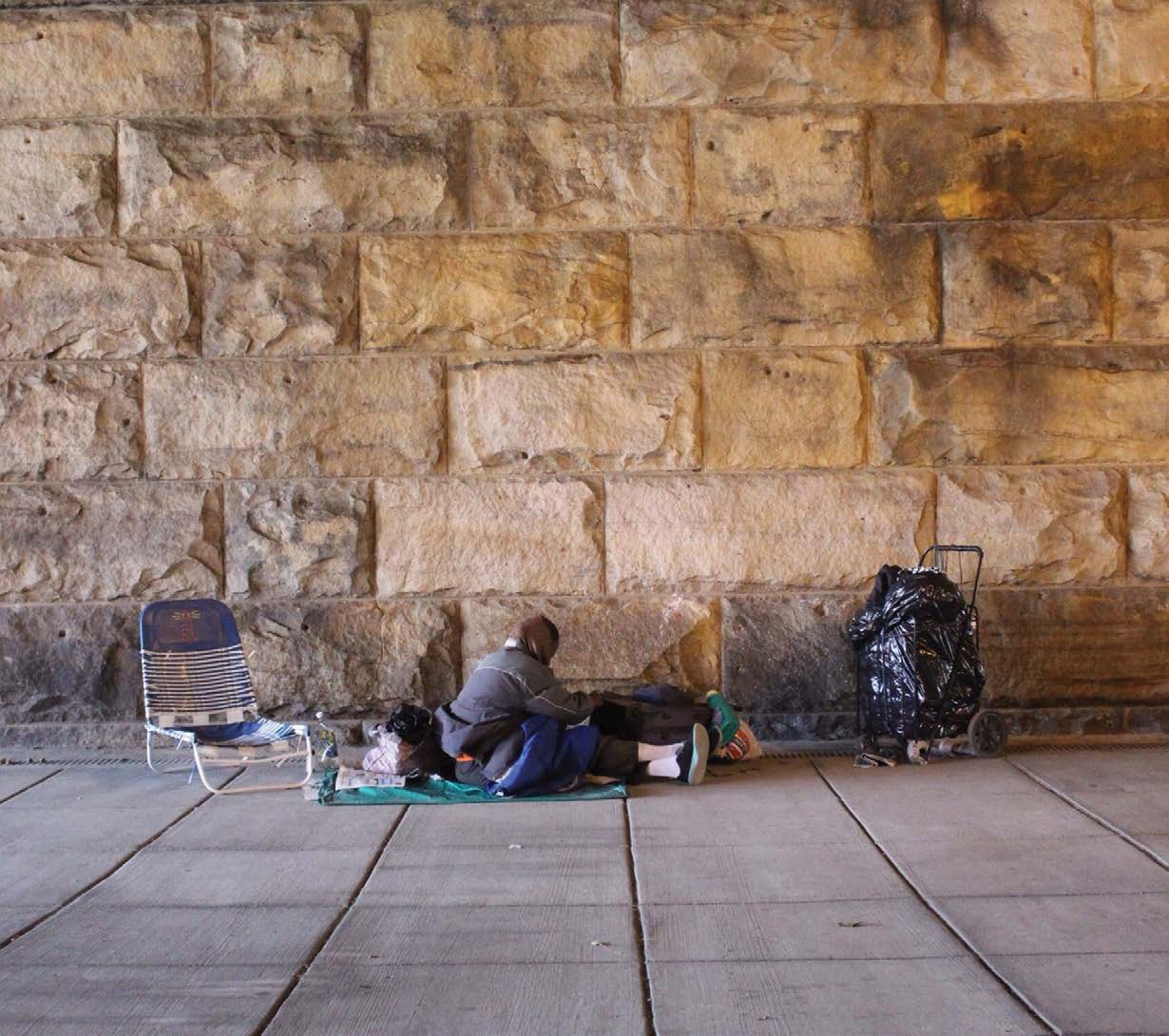
Every year, 600,000 people get out of prison. There are a total of 5 million ex-cons living in the United States.
People freed from prison are at a great risk of becoming homeless. Housing and work are hard to find. A lot of landlords dont want , or people who were formerly in jail, living in their property. Many managers dont want to hire them.
PRICED OUT
The number of homeless Americans went down between 2007 and 2018. However, it rose again in 2019. Homeless populations went up by 16.4 percent in California. Government officials from President Donald Trumps administration went to California in September 2019 to learn more. One major reason was high rents.









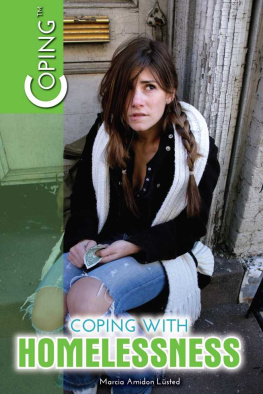


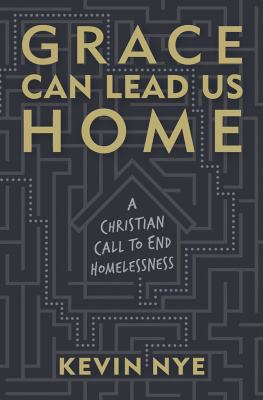
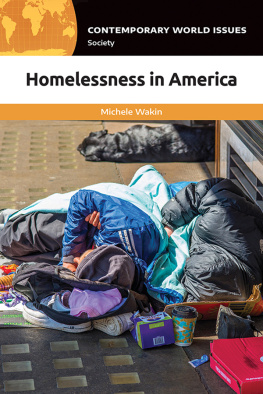
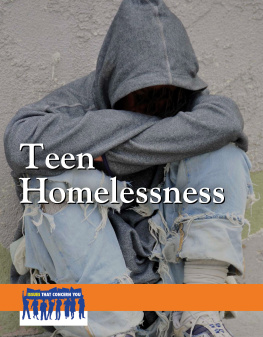
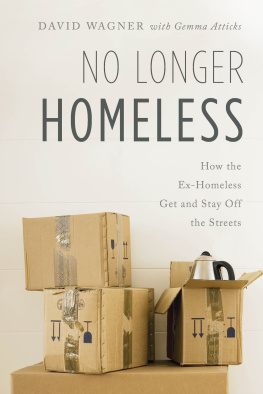




 VERIFIED
VERIFIED



